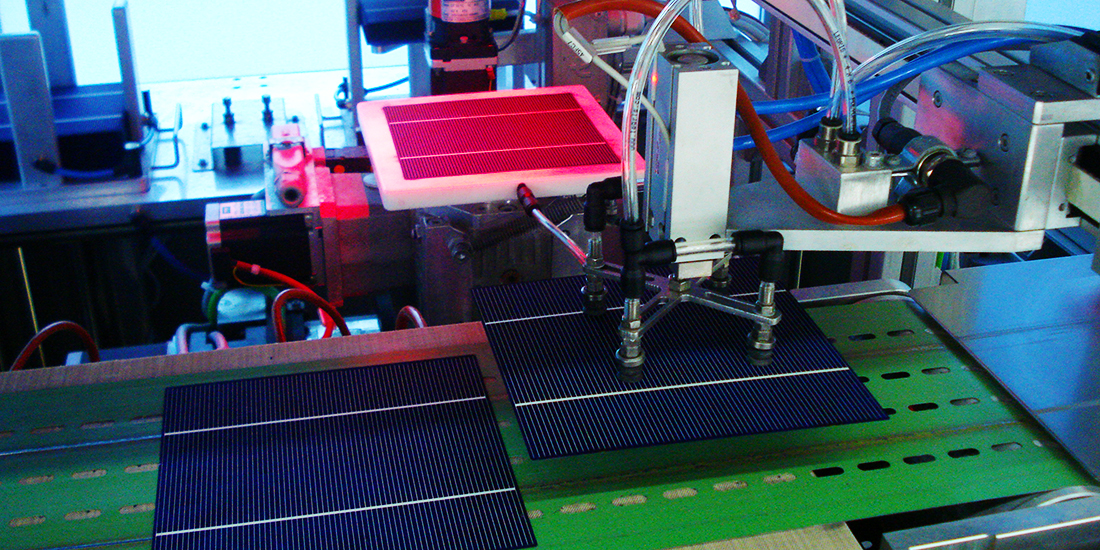AiSoVol
The AiSoVol Project (Photovoltaic generation solution for use as an alternative building material) is funded by the Ministry of Economy and Competitiveness and co-financed by European FEDER Funds through the national R&D programme dedicated to social challenges, specifically Challenge 3: The challenge of safe, efficient and clean energy.
The project was launched on 1 October 2015 and is due to conclude on 30 September 2018 and is a partnership between ITER as coordinator, and the National Renewable Energy Centre, CENER-CIEMAT Foundation. Cofinanced by the European Union, it has a total budget of €1,008,543.07, of which €849,495.70 have been funded under the said programme, with a grant of €488,632.08.
The AiSoVol project involves the experimental development, manufacturing and scientific testing of a versatile modular photovoltaic panel for use as an architectural structural component. The proposed solution is a “plug & play” photovoltaic module produced by encapsulation of its constituent electrical components (PV cells and connections) by ‘sandwich’ low-temperature lamination. The modules would feature various types of transparent thermoplastic plaques, instead of tempered glass, and cohesive materials and woven-fibre structures inspired by the sails used in sailing ships, to give them strength without the need for an aluminium frame. This design aims to result in photovoltaic modules that are lighter, of versatile geometric design and providing varying degrees of structural flexibility.
In addition, to improve the module’s electrical connectivity, a novel connector is to be prototyped that might be located on the outer edge of the photovoltaic module, thereby also improving the ventilation needed to ensure the integrity of the module’s protection diodes.
Finally, and in compliance with Spain’s 2006 CTE technical standards for building (CTE), including the error corrections set out in the national official bulletin (BOE) of 8 November 2013, regarding energy-saving requirements, the final product of this project will be adapted to ensure it meets the energy-saving requirements set out in the CTE’s Basic Document on Energy and Energy-saving. The solution envisages a rear insulation sheet being fitted against the backsheet of the module which adequately helps minimise the energy demand on the thermal envelope of the building, thanks to its specifications regarding insulation quality, air permeability and exposure to solar radiation, which meet the thermal transmittance standards established under the CTE.


